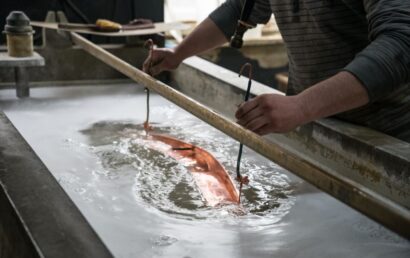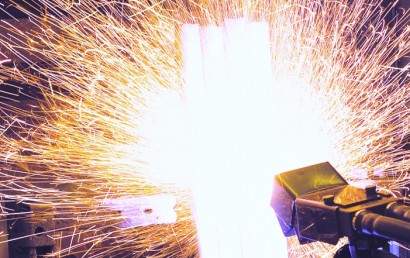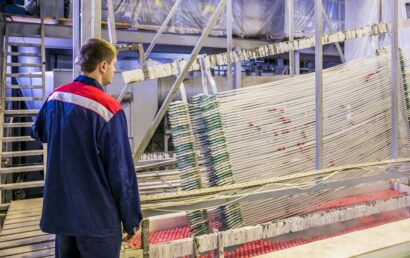Coating Liners Via The HVOF Process May Be The Smarter Choice Today
The HVOF process is replacing plasma coatings in any number of industries today. In the past, the plasma spray process was used to provide ceramic coatings for liners. Without even realizing it, a better alternative existed – albeit relatively unknown. What was this alternative? Using the HVOF process, an application of a tungsten carbide coating.
The Smart Choice For Liners
It’s always been a struggle to prevent liner wear. Why so challenging? Ideally, many years of service should be provided by a liner that is protected at its running surface. Years – not months. The lifetime of a liner (the gland packing) can be prolonged by the application of a coating layer.
High Velocity Oxygen Fuel (or HVOF) is a process that uses powder particles to provide a coating on a workpiece. The system operates through the use of a gas/oxygen flame. At a molecular level, the coating provided by these powder particles attaches to the surface. What results is a homogenous, very dense coating with a bond strength that is extremely high.
Ceramic Coating Versus The HVOF Process
The protection of a liner using a ceramic layer is no longer the preferred method. A higher porosity is offered by old-school ceramic coatings whereas a low porosity value is offered by the HVOF process. The use of HVOF coatings means that the liner will be more resistant to the following:
- Sub-corrosion
- Aging and hardening of the lip seals
- The dissipation of lip seal friction generated heat
Low friction coefficient, or good running properties, are provided by the smooth, dense surface of the hard metal layer resulting from the HVOF process. To prevent leakage, this layer must have the right degree of roughness. This makes for minimum resistance of the lip seals. What causes this resistance? It is usually caused by the peripheral speed, pressure, and the medium.
Sub-corrosion is prevented by the sealing properties of the coat against water. A very low porosity, a special design of the HVOF process, is responsible for this seal. Again, the right degree of roughness must be present on the layer because wear and leakage can be caused by the liner’s running surface having a roughness that is too low or too high. Additionally, these coatings resist abrasion and wear typically caused by sand and other factors.
When compared to ceramic coatings, liners treated with the HVOF process have a lower probability of coating damage. Under ideal conditions, an incredible 20-year life expectancy can be provided by proper use of the HVOF process.
A&A Coatings offers not just HVOF, but a multitude of services, coatings, and applications. We have been at the forefront of the thermal spray industry for over 70 years. We offer exclusively dedicated services to the application of hard faced, cermet, ceramic, and metal coatings. If you would like to find out more about the HVOF process, or what else A&A Coatings can provide for your business and industry, contact us today to speak to one of our knowledgeable professionals.



